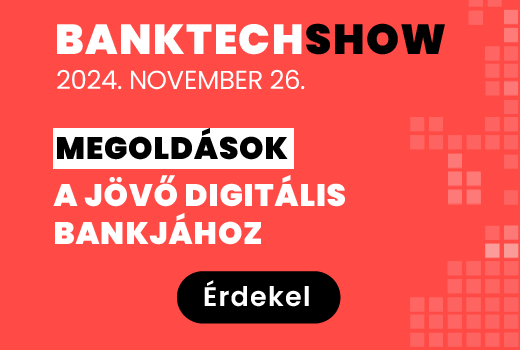As blockchain-based autonomous programs become widespread, several ethical and legal issues will arise. Who could be held accountable in a world where blockchain-based programs create blockchain-based programs? Primavera de Filippi, Harvard University researcher created Plantoid to illustrate a „blockchain-based lifestyle”. Will programs like Plantoid become legal entities once?
What is Plantoid?
The complex form of the opportunities within the Blockchain technology is the Plantoid, the artistic application of the Decentralized Autonomous Organisations (DAO).
“The Plantoid is a recycled metal structure which exists in an appearance of a flower in the physical world, and its soul is a smart contract based software running on the Ethereum platform in the digital world.
The aim of the Plantoid is the reproduction, which requires the cooperation of the people exactly the same way as the flowers need the bees. First the Plantoid attracts people with its aesthetical beauty to get supported in Bitcoin or in other cryptos. In return it expresses its thankfulness by dancing, playing music and showing colourful lights.
If enough fund is collected, the Plantoid requests again the assistance of funders to its reproduction, as these people are asked to vote – through a smart contract – for the appearance of the new Plantoid, choosing installer artist and deciding the rules how to handle the funds. According to the results the Plantoid assigns the selected artist to create the new Plantoid and also transfers the necessary funds.”
Plantoid – from a legal perspective
As a conclusion to the above summary, the Plantoid is able to sustain and reproduce itself autonomously and independently from its creators by Blockchain programs and by the assistance of people.
When looking more into the details we would realize that Plantoid fulfils all the requirements requested in general by various jurisdictions to grant legal personality. Accordingly Plantoid has
- a lawful purpose defined by its creator,
- a governance structure embedded in codes and smart contracts (in this example the funders has voting rights in certain extent),
- a patrimony deriving from the financial support of the people,
- a readable source code that verifies the purpose designated for the assets, furthermore
- a ledger system which keeps the record of the operation and transactions.
Since the conditions are provided for the Plantoid to operate fully independently and autonomously, questions might arise as to who is responsible for the operation, whether it can cause any damage for example either by any failure in maintenance or by any program error.
Who is responsible for the damage?
First we need to take into consideration if the „nearest person” principle introduced for self-driving cars is applicable for the Blockchain. The self-driving cars always have a physical appearance and a well-defined manufacturer, who can hold liable for any damage caused by the vehicles.
As it observed earlier e.g. in a case of Bitcoin, the operation of the Blockchain does not require any interaction with the founder, even unknown founder is possible, furthermore no physical appearance is necessary. If any problem occurs the self-driving cars can be destroyed, however Blockchain cannot be stopped, hence it would survive its own founder or the liquidation of the founder company.
Based on the above reason the application of the „nearest person” principle might be impossible for Blockchain.
The issue of the legal personality of blockchain
In addition to the above, it is worth considering the legal personality for the following reasons. The Blockchain applications are offering various services to the people, and they are using such services as consumers, accordingly they might be entitled to consumer protection and privacy.
The legal personality is necessary to protect the trusted Blockchain itself in a case of the bankruptcy of the administrator or the founder, but at least as much protection is needed for creators and developers in the various open source projects where the fork created by the community can significantly change the original functions and operation. However, these forks must be supported for further innovation and development.
If we consider it realistic to introduce the legal personality of an autonomous and self-sufficient “program” lacking any physical appearance, then we should think ahead and take into account complex ethical and legal issues, such as those related to robotics and artificial intelligence and their application.
- Max Ganado and Steve Tendon: Legal Personality for Blockchains, DAOs and Smart Contracts (Revue Trimestrielle de Droit Financier No: 1-2018)
- Presentations and notes of Steve Tendon and Max Ganado



